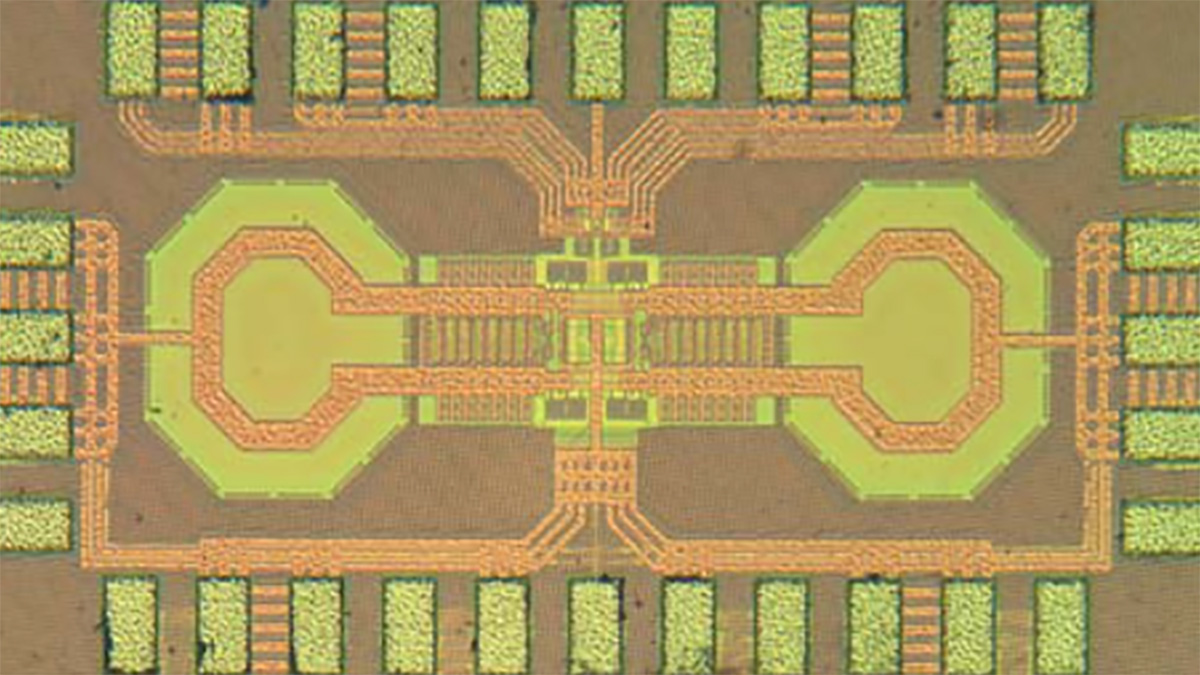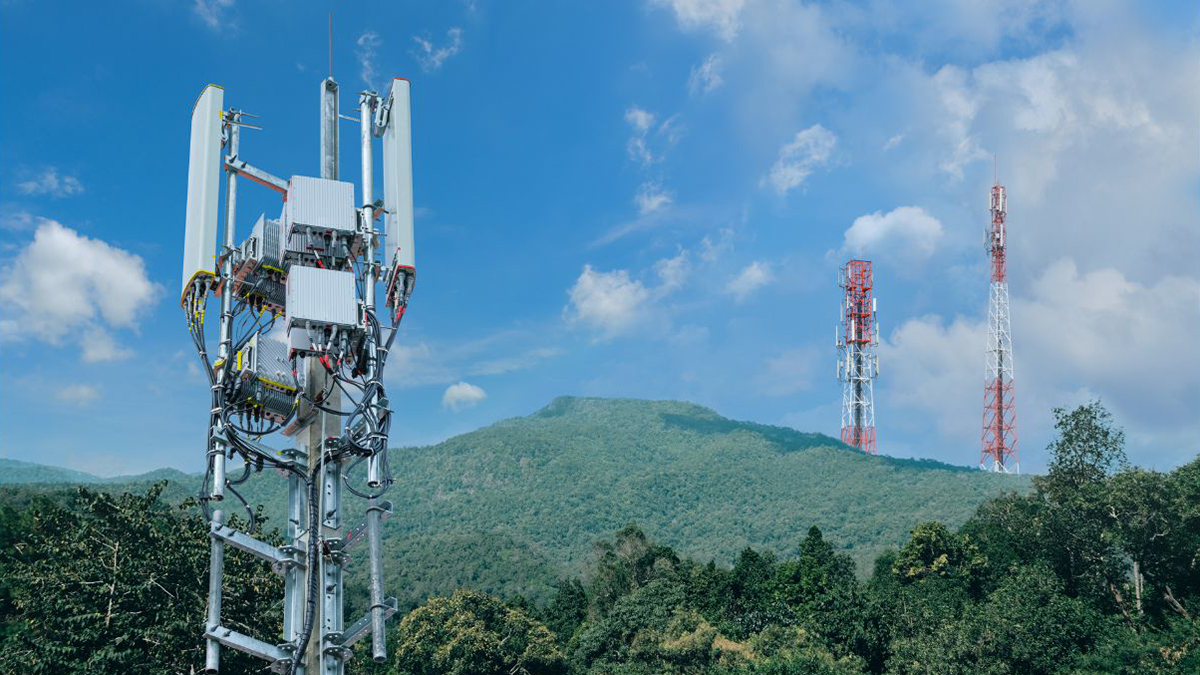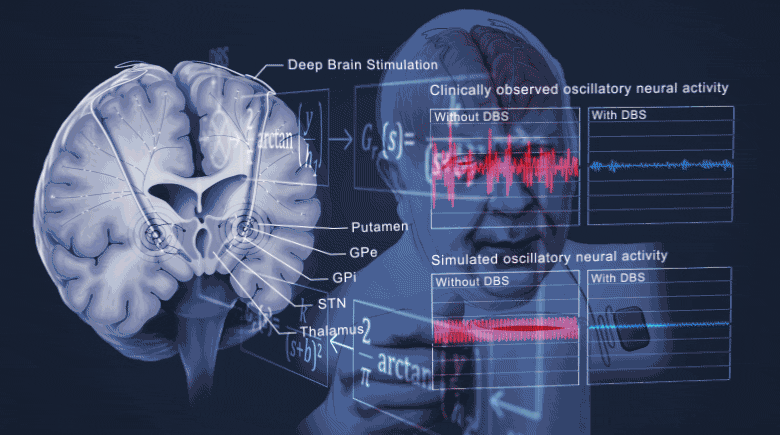
Ultra Low Power IoT SoCs
In contrast to normal PCs, which have primarily focused on human interfaces, IoT devices receive input through sensors that are often highly miniaturized. A typical IoT node integrates multiple sensors, data converters, analog front-end modules, wireless Tx/Rxs, microprocessors and memory. IoT devices are often untethered; they must survive on a battery for many years or harvest power from the environment. Power consumption is one of the most critical considerations for IoT applications. This research theme focuses on creating a common ultra low power system-on-chip (SoC) hardware platform using the latest nanoscale CMOS technologies. ((opens in a new window)Read more)

Energy-Efficient Intelligent Radio Access Nodes
To deliver services ranging from multi-dimensional high-speed data streams to billions of low-data rate machine to machine communications, future wireless network access nodes, e.g., cellular base-stations and network getways, must be highly reconfigurable, frequency agile, information adaptive, and intelligent in using resources. This research theme focuses on developing digitally assisted power efficient reconfigurable wireless transceiver architectures and related subsystems, with a particular emphasis on applying advanced digital signal processing techniques to enhance analogue circuit performance. (Read more)

Cooperative Wireless
Future wireless devices will need to coexist in a world of high spatial densities with concomitant spectral congestion. One way of addressing this is through hugely flexible nodes that can operate in an intelligent and cooperative manner, particularly at the physical layer which consists of radio front-end, modulation schemes and protocols used. This research theme focuses on developing algorithms, components and systems needed for the implementation and deployment of energy and bandwidth efficient cooperative wireless networks. (Read more)

Deep Brain Stimulation for Parkinson’s Disease
Deep brain stimulation (DBS) involves electrically stimulating neurons with tiny electrodes implanted within the deep structures of the brain. Over the past decade, it has become established an effective therapy for treating the symptoms of Parkinson’s disease and other neurological disorders. Despite its clinical success, the mechanisms by which DBS works are not yet understood. In this research, we are developing computer models of the central and peripheral nervous system to better understand how DBS affects the activity of networks of neurons within the brain and neuromuscular system. Using these models we can explore the mechanisms by which DBS exerts its therapeutic effects and design optimal stimulation patterns that can ultimately be applied in patients to obtain better clinical outcomes. (Read more)